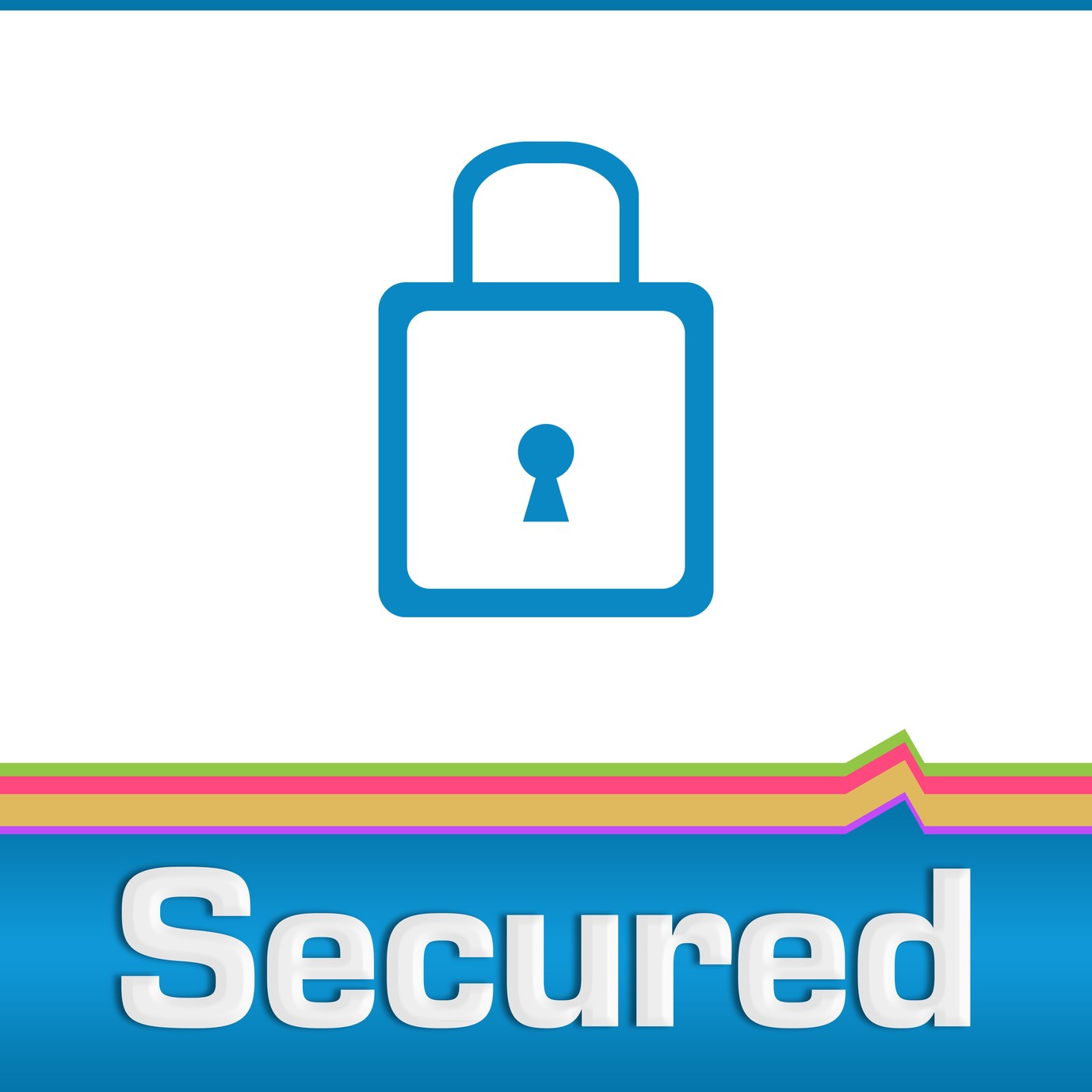While there are a million-and-one benefits about the internet and its accessibility today, there are a number of downsides too. One of the most significant being malicious malware.
Research has shown that more and more businesses and individuals fall prey to phishing attacks and malicious threats online each year. And believe it or not, two of the main causes boil down to human error and a lack of security structure.
One of the best ways to arm yourself in today’s day and age is through knowledge. Here’s how to identify a phishing website and protect yourself against malicious malware…
8 Ways to Successfully Identify a Phishing Website
Every year, news breaks on crippling DDoS attacks, new versions of ransomware, botnet syndicates and data breaches. Indeed, it may feel like no one is safe online anymore.
In many ways, this is the reality of the world we live in and the nature of the internet. But it doesn’t mean you have to count yourself a victim of a phishing scam. Check out this helpful article for more on internet phishing trends.
Don’t sweat it though, there are ways and means of protecting yourself. You just need to know what to look for…
1. Double Check the Website Domain/URL
Quite simply, this is one of the easiest ways to spot a phishing website. If you have your suspicions regarding a link, make sure to check the website domain, hostname or URL.
Double-checking the website domain/URL is a crucial step in identifying a phishing website. If you have suspicions regarding a link, it’s important to verify the website domain, hostname, or URL. In addition to these checks, if you’re uncertain about the origin of a suspicious URL, tools like find out who sent you the URL can be instrumental. These tools help you trace the source of the URL, providing an extra layer of security and peace of mind in verifying the legitimacy of the link.
In terms of specifics, always ensure the URL includes the standard ”https://” prefix. If there is an ”s” missing, this could point to something fishy. The same goes for the forward-slash (/) at the end of a URL.
Most legitimate websites will include this at the very end of the URL to show that it’s not a fake address.
Also, always ensure the spelling of a company name within the site address is 100% correct. Be wary of substituted letters for numbers or an odd character or symbol appearing before the company name.
2. Be Wary of Generic .Com Domains
This may sound silly or even impossible to detect as hundreds-of-thousands of websites online end in .com. But one of the most common methods of deception for an imposter website is to tack on a .com ending to their domain.
If you know you are looking for a website that should end in .org, .gov or a particular country suffix such as .co.uk, then be wary of generic .com domains.
This is particularly important if you’ve been supplied a shortcut URL by Bitly or TinyURL. These abbreviated shortcuts are a great way to hide an imposter domain name!
3. Be Wary of Non-Secured Sites
Ever visited a website only to be met with a message from your browser that your ”connection is not secure”? This is because it’s either a phishing website or the site owners have failed to migrate their site securely.
To be extra sure before proceeding to the website, always click on the padlock icon which appears just to the left of the URL. This should give you information on site security certificates and cookies.
Also, it’s important to make sure your own connection is secure/ encrypted. This means that the information you search for will remain private and will not leave you vulnerable as a target.
4. Always Visit Websites Directly
This is super important if you’re ever sent an email with a direct link to a website. Instead, make sure to visit the website directly by typing out the URL or searching for the company name if it’s provided.
This is one of the most common ways people are often caught out by malicious malware by clicking a link that looks authentic when it really isn’t.
You can also prevent this by using email and texts as mere notifications, then visiting a website manually of your own accord, if you see fit.
5. Look For Obvious Spelling, Grammar, and Design Errors
This is a no-brainer and should be an immediate red flag if you’re visiting a website for the first time.
One or two minor spelling errors are passable on any website. But if sentence structure, grammar, spelling, and design is incomplete or just horribly incorrect, the website should be considered suspicious.
However, not all phishing websites will look like this. Some scammers put in plenty of effort to ensure their site looks legit, even using fake SSL protection shields.
6. Be Aware of Pop-Up Windows
If you’re directed to a website and immediately greeted by a pop-up window asking to enter your credentials, this yet another warning sign.
The truth is, a phishing scam may direct you to a legitimate website. But these pop-up windows are used to reel in vulnerable targets by using their personal information.
Never enter your personal information unless you are 100% sure the site is secure, legitimate, and verified.
7. Scan the Site for a Security Trust Seal
A security trust seal is a small badge issued to a legitimate website by third-party companies that indicate how safe/secure the site is.
This is especially important for websites that collect login or payment information- such as an e-commerce website. To be 100% sure the site can be trusted, scan it for a security trust seal and double-check the provider is a renowned online security provider.
8. Look For an SSL/TLS Certificate
An SSL/TSL certificate plays a vital role in securing the person visiting the website. Basically, it provides web security by encrypting each browsing session. This helps to protect information sent between browsers and web servers.
The highest validation of an SSL certificate is known as an EV SSL – extended validation SSL certification. Essentially, this presents the website operator’s information in the address bar when you land on the site. It usually appears in green next to the website URL.
For large companies and brands today, EV SSL certification is extremely important and offers a clear cut way to verify the site you’re visiting.
Take Complete Control of Your Website
If you’re looking for reliable website monitoring, check out the rest of our website for our services on professional and timely website administration. Keep tabs on your website by knowing when it’s down before your customers do!
Looking for additional tips on spotting a phishing website? Explore the rest of our blog for more…




